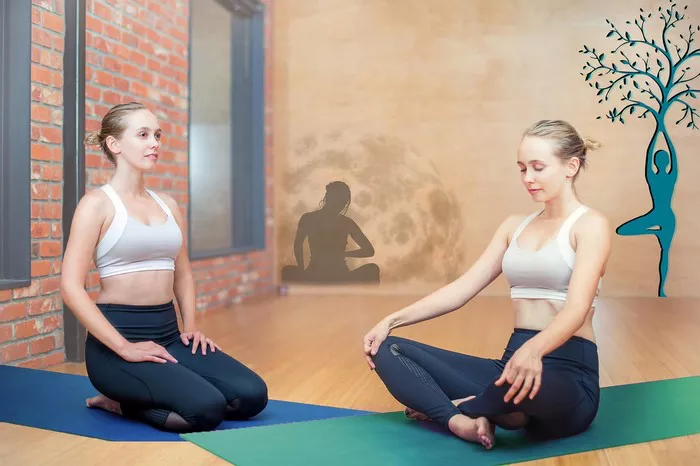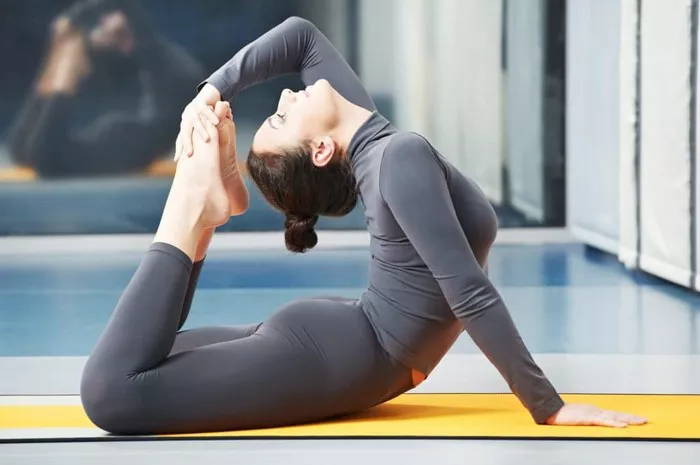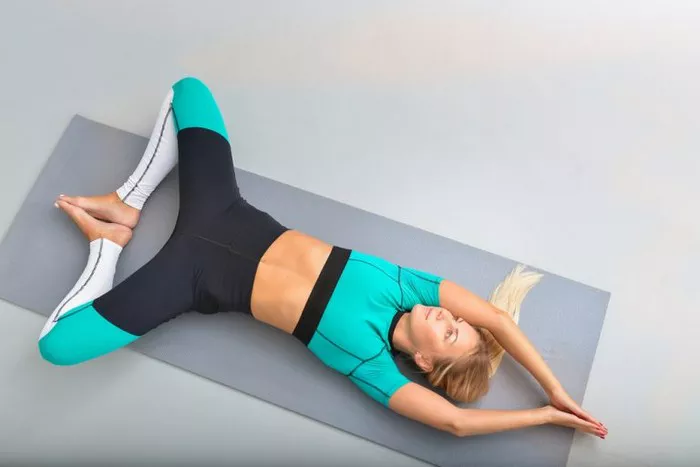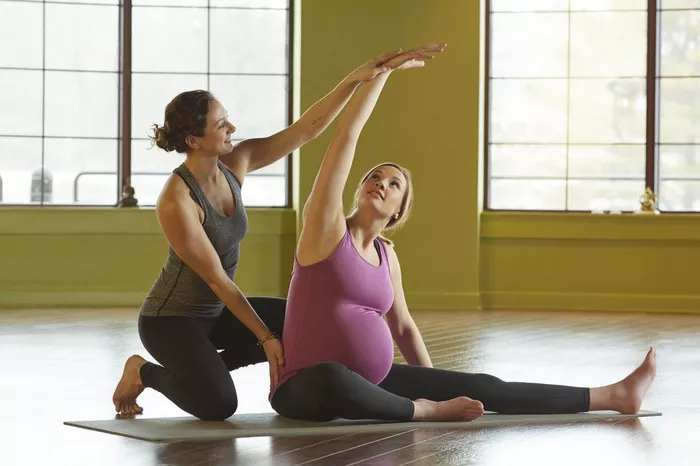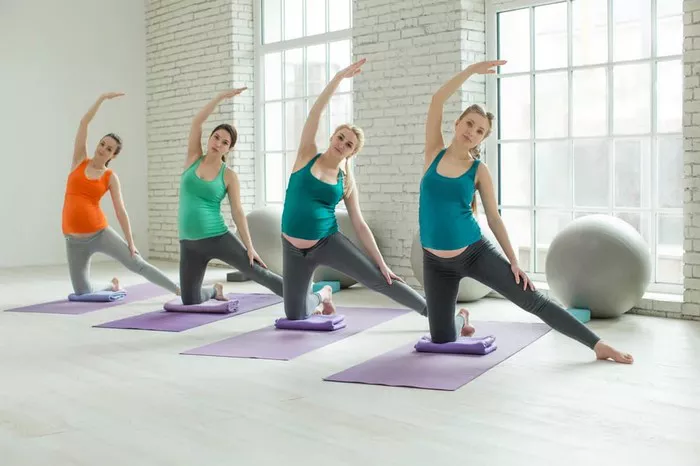Yoga is a practice that spans thousands of years and encompasses a wide variety of styles, postures, and philosophical teachings. Among the many well-known poses in yoga, Adho Mukha Svanasana—commonly known as Downward Dog—is one of the most iconic. Its signature shape resembles an upside-down “V,” with the hands and feet on the floor and the hips raised towards the sky. It is frequently incorporated into both vinyasa and hatha yoga sequences, often serving as a transition between other poses.
However, the question arises: Is Downward Dog a restorative pose? Can it be considered a pose that promotes deep relaxation and recovery, as restorative yoga is designed to do?
This article explores the nature of Downward Dog in relation to restorative yoga, analyzing its effects on the body and mind, its potential benefits, and whether it truly fits within the restorative framework.
What is Restorative Yoga?
Before we dive into the specifics of Downward Dog, it’s essential to understand what restorative yoga is and what it aims to achieve.
Restorative yoga is a gentle style of yoga that focuses on promoting relaxation, healing, and deep rest. The main objective of restorative yoga is to calm the nervous system and rejuvenate the body through long-held, passive postures. These poses are supported with props like blankets, bolsters, blocks, and straps, allowing practitioners to fully relax into each posture with minimal effort.
Unlike more active styles of yoga, such as Vinyasa or Ashtanga, restorative yoga is typically practiced at a slower pace, with each pose held for extended periods—sometimes up to 10 minutes. The philosophy behind restorative yoga is that the body can heal itself when given time to rest and restore. By deeply relaxing, the body activates its parasympathetic nervous system, which is responsible for “rest and digest” functions, helping to reduce stress, improve circulation, and promote a sense of overall well-being.
The Nature of Downward Dog
Downward Dog is a dynamic, active pose that stretches the back, shoulders, hamstrings, calves, and arms. In addition to improving flexibility and strength, it encourages proper alignment of the spine and stimulates blood flow throughout the body. This posture is considered a “foundation pose” in many yoga practices because of its ability to engage multiple muscle groups at once.
Typically performed in vinyasa flow sequences, Downward Dog requires strength and stability from the core, arms, and legs. When practiced correctly, it can help improve posture, alleviate tension in the back, and provide a moment of rest between more intense poses. However, while it may offer moments of calm within a fast-paced sequence, the intensity of the pose itself may not necessarily align with the principles of restorative yoga.
Let’s break down what makes Downward Dog a dynamic, active posture:
Muscle Engagement: In Downward Dog, the practitioner actively engages the muscles in the arms, shoulders, legs, and core. The pose requires strength, particularly in the upper body, as the hands press firmly into the mat to support the body weight.
Stretching and Lengthening: The pose provides an intense stretch to several muscle groups, especially the hamstrings, calves, and spine. The lengthening of these muscles is energizing, but it requires effort from the body to maintain the position.
Inversion: Downward Dog is considered a mild inversion, where the head is positioned lower than the heart. This inversion can promote circulation and relieve tension in the neck and shoulders, but it may not have the deep calming effects typically associated with restorative inversions, such as Viparita Karani (Legs Up the Wall Pose).
Energetic Quality: Downward Dog is often associated with energy and movement. It serves as both an active posture and a transition pose, providing a break from more intense postures in a flow sequence. While it can be relaxing in the context of a slower class, its energetic nature might not make it suitable as a primary restorative pose.
Characteristics of a Restorative Yoga Pose
To better understand why Downward Dog may not fall squarely under the restorative umbrella, it is helpful to outline some key characteristics of restorative yoga poses:
Supportive Props: Restorative poses are often supported with props to allow the body to fully release into each posture. For example, a bolster may be placed under the knees, or blocks may be used to support the back. This support allows the muscles to fully relax without any active engagement.
Long Duration: Restorative poses are held for an extended period, typically 5 to 10 minutes. This slow pace allows the body to fully relax and unwind, creating a deep sense of peace and tranquility.
Minimal Effort: Unlike more active poses, restorative yoga requires little to no muscular effort. The goal is not to stretch or strengthen but to find comfort and ease in each position. The emphasis is on relaxation rather than physical exertion.
Calming Effects: Restorative yoga is designed to activate the parasympathetic nervous system, inducing a state of relaxation and reducing stress. This is achieved through gentle stretches, supported positions, and long holds that allow for deep relaxation.
The Case for Downward Dog as a Restorative Pose
While Downward Dog may not be an ideal candidate for a restorative pose by strict definitions, it can still provide some restorative benefits in certain contexts.
1. Modified Downward Dog
One way to incorporate Downward Dog into a more restorative practice is to modify the pose. By lowering the knees to the mat or using props for support (like placing blocks under the hands), the intensity of the stretch can be reduced. This version of Downward Dog allows for a gentler experience, making it more accessible for practitioners with limited flexibility or those looking for a less intense stretch.
2. Breath Awareness
In restorative yoga, the focus on the breath is critical. In a slower-paced class, Downward Dog can be used as an opportunity to practice deep, mindful breathing. By focusing on the breath while holding a modified Downward Dog, practitioners may experience a sense of relaxation and release, even though the pose itself remains active.
3. Integrating Restorative Elements
Some yoga classes may integrate elements of restorative yoga into more active practices, blending poses like Downward Dog with other restorative poses. For example, after performing Downward Dog, a teacher might guide the class into a gentle child’s pose or supported forward fold to allow the body to relax and release tension. This balance of activity and rest can provide restorative benefits while still including the familiar Downward Dog.
Why Downward Dog May Not Be Ideal for Restorative Yoga
Despite its potential for relaxation when modified, Downward Dog is not inherently a restorative pose. The primary reasons are:
Requires Muscular Effort: Downward Dog is a weight-bearing posture that demands muscle engagement in the arms, shoulders, core, and legs. This active engagement is contrary to the principle of restorative yoga, which prioritizes passive relaxation.
Short Duration: Typically, Downward Dog is held for only a few breaths or a few moments in a sequence, rather than the long holds seen in restorative poses. While it can be relaxing in the moment, it does not offer the same deep, prolonged rest that restorative yoga aims to achieve.
Energetic Quality: The energetic nature of Downward Dog, especially when performed in a flow, may not facilitate the deep relaxation and peace that restorative yoga seeks to promote. While the pose can offer a sense of refreshment or rejuvenation, it might not induce the level of calm and stillness needed for restorative healing.
Conclusion
While Downward Dog offers many benefits, including stretching, strengthening, and improving circulation, it does not typically fit within the restorative yoga framework. Restorative yoga poses are characterized by passive, supported postures held for long periods, and they prioritize relaxation over muscular engagement.
However, Downward Dog can still be a valuable component of a slower-paced practice or a restorative yoga session when appropriately modified. By adjusting the intensity of the pose, focusing on the breath, and incorporating supportive elements, it can contribute to a restorative experience. For those seeking deeper relaxation, it’s best to complement Downward Dog with other restorative poses that allow the body to fully unwind and release.
In summary, while Downward Dog is not inherently a restorative pose, it can still play a supportive role in a broader restorative practice when used thoughtfully and with modifications. Understanding the purpose of each pose within the context of a yoga session is key to creating a balanced and effective practice.
Related Topics:




